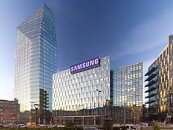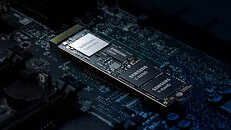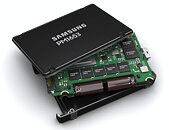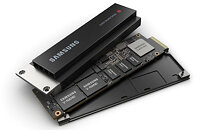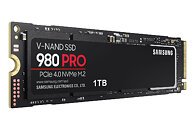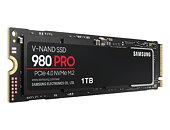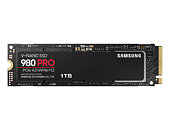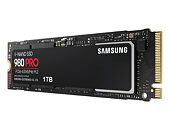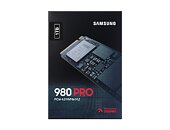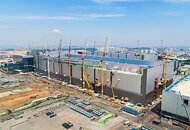
Samsung Electronics Begins Industry's First Mass Production of 9th-Gen V-NAND
Samsung Electronics Co., Ltd., the world leader in advanced memory technology, today announced that it has begun mass production for its one-terabit (Tb) triple-level cell (TLC) 9th-generation vertical NAND (V-NAND), solidifying its leadership in the NAND flash market.
"We are excited to deliver the industry's first 9th-gen V-NAND, which will bring future applications leaps forward. In order to address the evolving needs for NAND flash solutions, Samsung has pushed the boundaries in cell architecture and operational scheme for our next-generation product," said SungHoi Hur, Head of Flash Product & Technology at Samsung Electronics. "Through our latest V-NAND, Samsung will continue to set the trend for the high-performance, high-density solid state drive (SSD) market that meets the needs for the coming AI generation."
"We are excited to deliver the industry's first 9th-gen V-NAND, which will bring future applications leaps forward. In order to address the evolving needs for NAND flash solutions, Samsung has pushed the boundaries in cell architecture and operational scheme for our next-generation product," said SungHoi Hur, Head of Flash Product & Technology at Samsung Electronics. "Through our latest V-NAND, Samsung will continue to set the trend for the high-performance, high-density solid state drive (SSD) market that meets the needs for the coming AI generation."
























